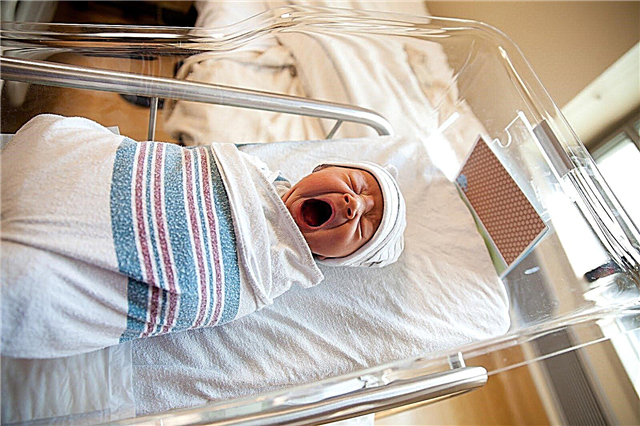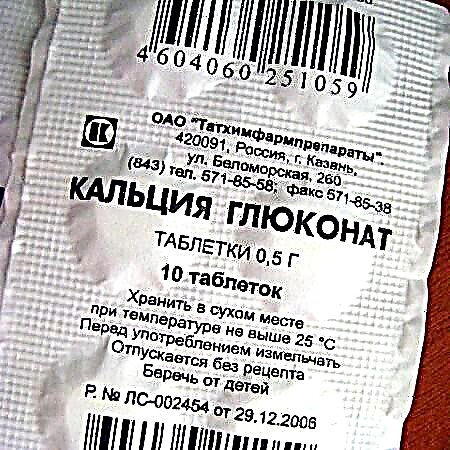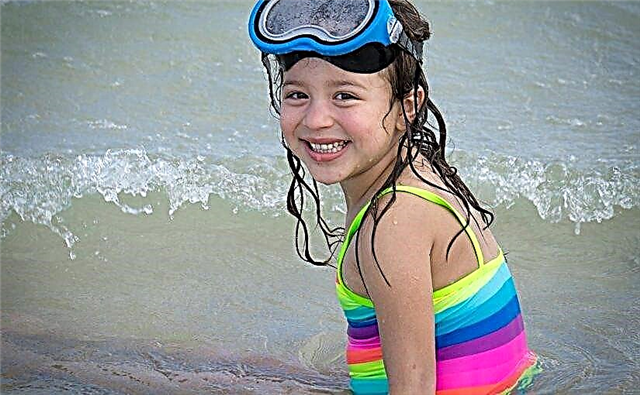
Changes in the stool of a small child are important for assessing the health of the baby. That is why parents must be able to distinguish between normal stool and diarrhea in order to promptly call a doctor for the baby.
Signs
To determine diarrhea in infants, you should know what the normal stool of a child fed with formula should be like. Normally, a bottle-fed baby's stool is thicker than that of a breastfed baby. The color of the stool is often brown and there are no impurities in the stool.
The artificial baby poops more often than once a day, but bowel movements up to 3-4 times a day are considered the norm. When the baby is given complementary foods, dense food becomes the reason for the appearance of the stool and less frequent bowel movements (once every 1-2 days).
What does it look like
With diarrhea, the stool is thin, sometimes very watery. Stool odor can be offensive or sour. In appearance, feces are shiny, frothy. Various impurities may appear in it - greenery, blood, pus, mucus, undigested food. The frequency of bowel movements increases (more than 6 times a day), the baby often has abdominal pain.
Possible reasons
The digestive tract of an infant in the first months of life is not yet fully developed, and enzymes are less active. It is difficult for babies to digest proteins and fats, especially for those babies who are fed with mixtures. For this reason, digestive upset develops more often in artificial crumbs when overfeeding.
Since the protective function of the intestines in small children is insufficient, the gastrointestinal tract of babies is more susceptible to microbes, allergens and toxins. It is also a factor in the frequent occurrence of diarrhea in infants. That is why intestinal infections are the most common cause of loose stools in babies.
Diseases not related to the gastrointestinal tract, such as colds or otitis media, can also lead to diarrhea in infants.

Other causes of diarrhea in an artificial baby can be:
- Change of mixture.
- Food poisoning.
- Early introduction of complementary foods.
- Teething.
- Lactose or gluten intolerance.
- Appendicitis or bowel obstruction.
- Medicines (very often antibiotics).
- Helminthic invasion.
- Cystic fibrosis.
- Pancreatitis
- Stress.
- Contaminated hands, toys, dishes.
- Celiac disease.
- Dysbacteriosis.
When to go to the doctor?
The greatest danger of diarrhea in a child under one year old is the rapid development of dehydration in such young children, which threatens the health of the baby. If the child is less than 6 months old, a doctor should be called in any case of diarrhea.
The kid must be examined by a doctor if:
- The baby has sunk in the baby, he is drowsy and lethargic, his skin is dry, his lips are chapped.
- The kid refuses food and drink.
- There is little urine and it is dark.
- Diarrhea, despite the changes in the diet by the parents and the administration of saline solutions, increased or did not stop for 2-3 days.
- Mucus and blood appear in the stool.
- The baby also has vomiting and fever.
E. Komarovsky's opinion
The famous doctor reminds that the intestines of young children are very sensitive, so you should not experiment with mixtures and complementary foods. Any changes in the baby's diet should be gradual and agreed with the doctor. If the nutrition of the crumbs did not change, and the stool suddenly became liquid, then the most likely cause is an intestinal infection.

What to do?
It is not worth treating diarrhea in a small child on your own, it is better to call a doctor for the baby, not forgetting to leave one of the diapers for the doctor so that the specialist can see its contents and make a diagnosis faster.
After emptying, the crumbs need to be washed off, and the skin around the anus should be lubricated with cream. No medication can be given before the arrival of the doctor, except for antipyretic, if the baby has a fever.
How to treat?
First of all, you need to take care of food and drink for the baby. The mixture for the crumbs should be diluted in half, increasing the concentration of food only after the stool is normalized. If the child has already been introduced to complementary foods, then during the treatment of diarrhea, all complementary foods should be discarded.

It is important to replenish the water lost during diarrhea, not forgetting about the salts. That is why to drink a crumb with diarrhea should be given special saline solutions, which must certainly be in the first-aid kit in every home. The liquid should be given in small amounts every 10-20 minutes.



